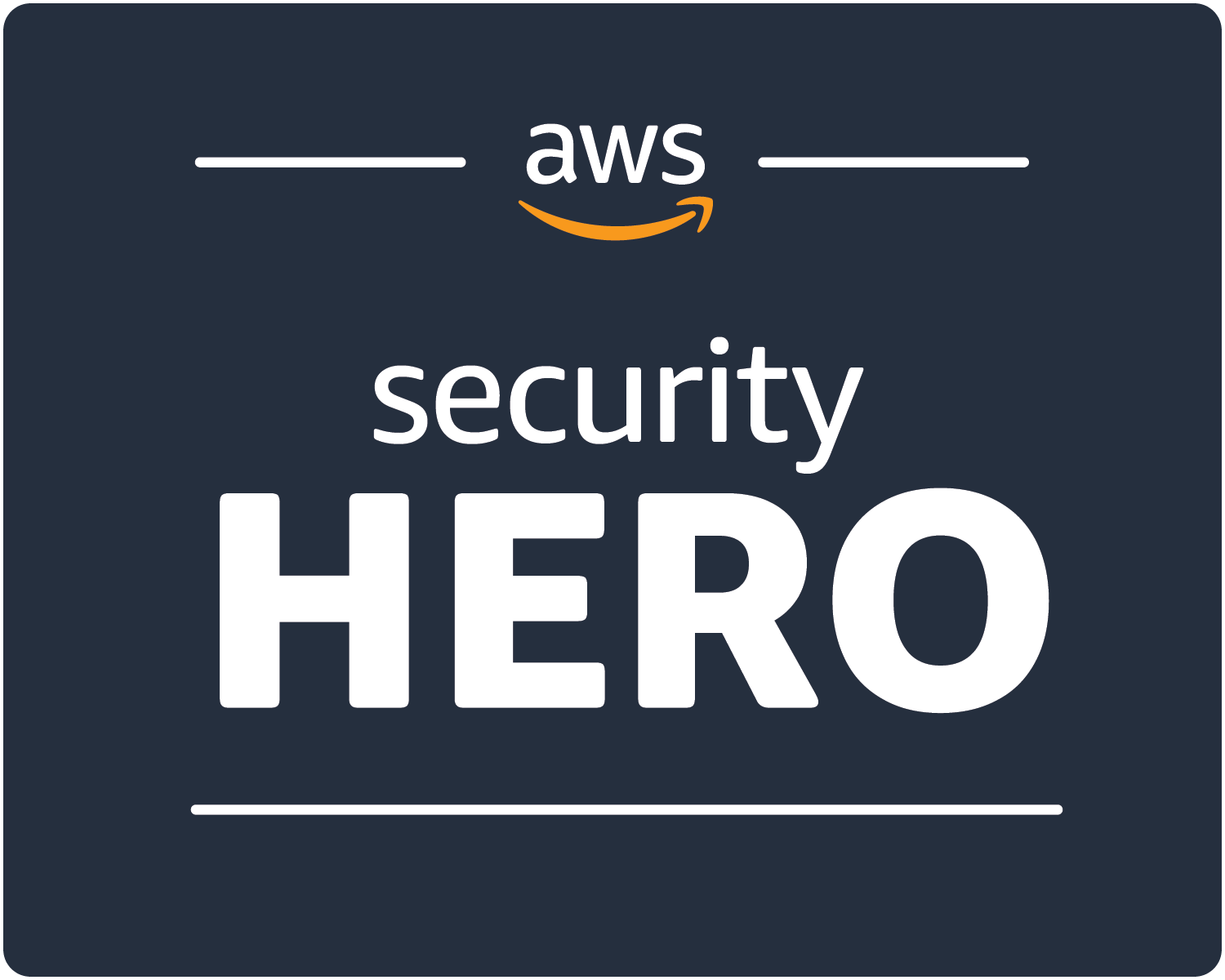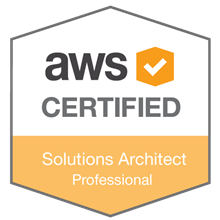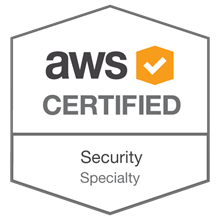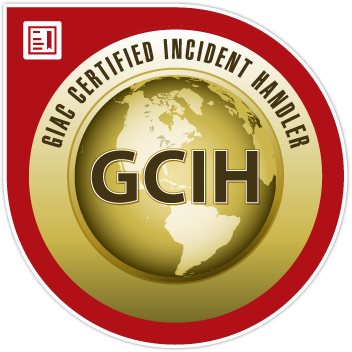I’ve spoken a lot about Security Invariants, but all of them have been implemented using Organizational Policies. That’s great, but organizational policies don’t apply to the Organizational Management Account (aka “payer”). So how does one implement invariants in a payer account?
AWS would tell you that you shouldn’t be giving anyone access to the payer account, so the need for invariants should be minimal. However, that doesn’t reflect the reality that AWS never protected its customers from themselves and prevented the enabling of Organizations or Control Tower in an account with existing workloads. I would say this is a failure of Customer Obsession and demonstrates Security is not the Top Priority. AWS would hide behind shared responsibility and blame the customer.
Regardless, there are many cases where workloads are in a payer account, and as a security person, you need to live with those workloads while protecting the rest of the AWS Organization. So, how do we build invariants into a payer account when SCPs and RCPs don’t apply?
Enter Permission Boundaries.















